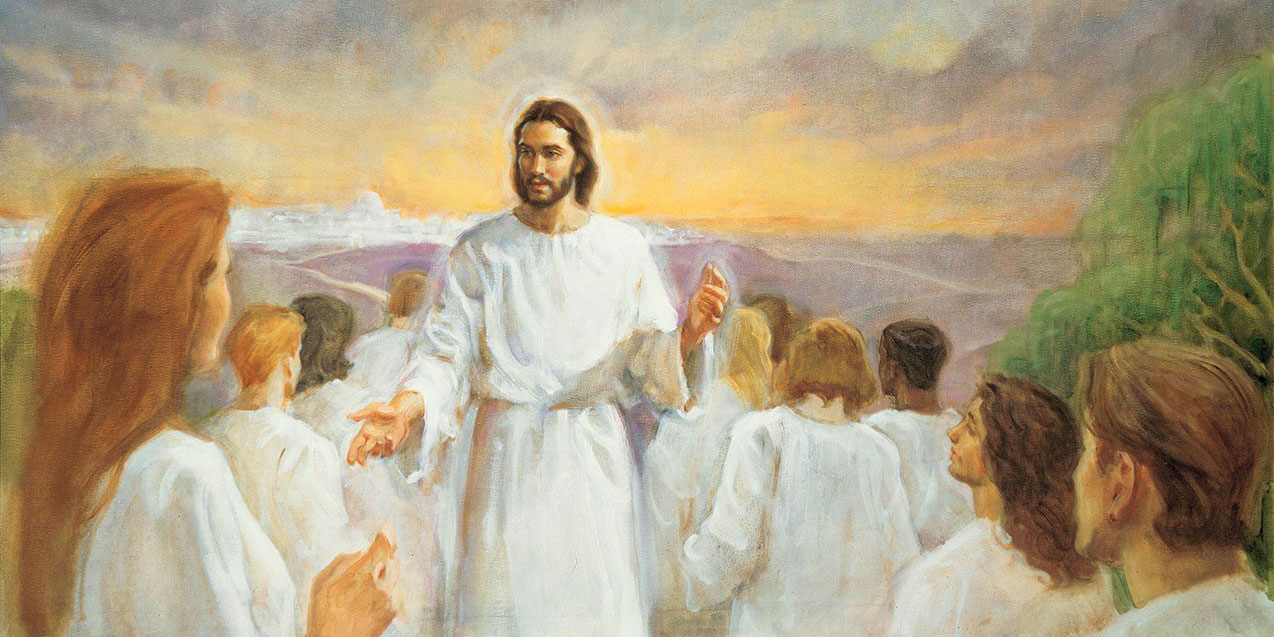
In his October 2025 General Conference address, “The Family Proclamation—Words from God,” Elder Ronald A. Rasband testified that The Family: A Proclamation to the World is not merely a cultural statement or institutional guideline, but revealed doctrine given by God through His prophets. He explained how the proclamation came forth through prayer, prophetic councils, and spiritual unanimity—and why its teachings deserve reverence in every generation.
Yet its clarity has also made it controversial. As social views on family, marriage, and gender continue to shift, many struggle with how the proclamation fits in a changing world.
This raises a common and sincere question:
Should Church leaders be more open to current social views rather than asserting fixed doctrine about the family? [Read more…] about The Family Proclamation—Words from God



